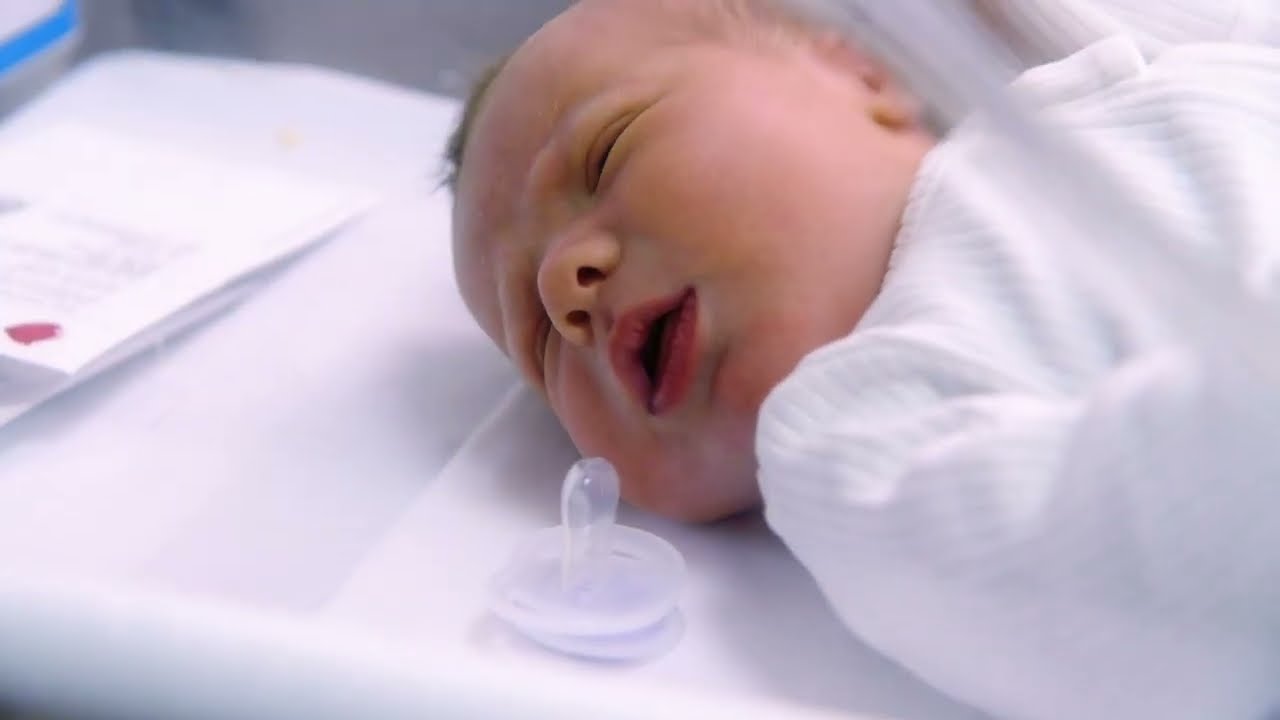Prenatal Veterinary Imaging for Congenital Defects
The prenatal imaging of veterinary animals is a critical diagnostic tool used to detect congenital defects before birth. This service ensures that potential health issues are identified early, allowing for informed decisions regarding the animal’s care and future management.
During pregnancy, the development of organs and tissues in fetuses can be monitored through various imaging modalities such as ultrasound, MRI, and CT scans. Each modality has its own strengths and is chosen based on the specific requirements of the examination:
- Ultrasound: This non-invasive technique provides real-time images of the fetus and allows for dynamic assessment of organ function.
- MRI: Offers superior soft tissue contrast, particularly useful in evaluating brain and spinal cord development.
- CT Scans: Provide high-resolution cross-sectional images that are crucial for detailed structural analysis.
The primary goal of prenatal imaging is to identify congenital defects such as:
- Anomalies in the heart (cardiac defects)
- Abnormalities in the limbs or joints
- Defects in the central nervous system
- Pancreatic and biliary duct abnormalities
- Gastrointestinal tract anomalies
The imaging process involves careful preparation of the pregnant animal. The animal is typically sedated to ensure it remains still during the procedure, minimizing stress on both the mother and fetus.
| Procedure | Description |
|---|---|
| Ultrasound | Real-time imaging of fetal organs and tissues. Used for cardiac defects and soft tissue evaluations. |
| MRI | Provides high-resolution images of the brain, spinal cord, and other soft tissues. Ideal for detailed anatomical assessments. |
| CT Scan | Captures cross-sectional images of bones and internal structures. Useful in detecting skeletal malformations and bony anomalies. |
The results from these imaging studies are analyzed by experienced radiologists who specialize in veterinary diagnostics. The comprehensive report includes detailed descriptions of the fetal anatomy, identification of any congenital defects, and recommendations for further diagnostic steps if necessary.
Understanding the implications of prenatal findings is crucial for veterinarians and breeders to make informed decisions about the animal’s future. This service not only aids in early detection but also helps in developing strategies for managing potential health issues throughout the animal's life.
Why It Matters
The identification of congenital defects during prenatal imaging is essential for several reasons:
- Preventive Healthcare: Early detection allows for proactive measures to be taken, potentially improving the quality of life for the animal.
- Informed Decision-Making: Breeders and veterinarians have the necessary information to make informed decisions regarding the future care and management of the animal.
- Reduction in Stress: By identifying issues early, unnecessary stress on the animal can be minimized, leading to a more comfortable pregnancy experience.
- Improved Breeding Practices: This service helps refine breeding practices by identifying which animals should continue in the breeding program and which might need to be removed due to genetic predispositions to defects.
The long-term benefits of prenatal imaging extend beyond just the individual animal. By reducing the incidence of congenital defects, the overall health and welfare of a population can be significantly improved. This service plays a vital role in advancing the field of veterinary medicine by promoting early diagnosis and intervention.
Applied Standards
| Standard | Description |
|---|---|
| AAMI/ISO 18453:2006 (E) | Imaging quality assurance in diagnostic radiology. Ensures that the imaging process meets the highest standards of accuracy and reliability. |
| CEN/TS 17964-1:2011 | Safety requirements for magnetic resonance imaging (MRI) systems. This standard ensures the safety of both the pregnant animal and the imaging equipment during procedures. |
The application of these standards guarantees that the prenatal imaging service adheres to international best practices, ensuring accuracy, reliability, and safety in all diagnostic processes.
Quality and Reliability Assurance
At our laboratory, we pride ourselves on maintaining the highest levels of quality and reliability in every aspect of our prenatal imaging service. Our team of experienced radiologists uses cutting-edge technology to ensure accurate diagnoses.
The process begins with thorough training for staff involved in the imaging procedures. This ensures that all personnel are up-to-date with the latest techniques and protocols. Rigorous quality checks are performed at every stage, from initial setup to final analysis.
| Quality Assurance Measures | Description |
|---|---|
| Staff Training | All imaging staff undergo continuous education and training to stay current with advancements in veterinary diagnostic techniques. |
| Rigorous Quality Checks | Every image is reviewed multiple times by experienced radiologists to ensure accuracy and reliability. |
| Equipment Calibration | All imaging equipment is regularly calibrated to maintain optimal performance and accuracy. |
| Patient Safety Protocols | We follow stringent safety protocols to protect both the pregnant animal and the imaging staff during procedures. |
Our commitment to quality is further demonstrated by our adherence to international standards such as AAMI/ISO 18453:2006 (E) for diagnostic radiology and CEN/TS 17964-1:2011 for MRI safety. These standards ensure that every aspect of the imaging process meets the highest levels of reliability and accuracy.





